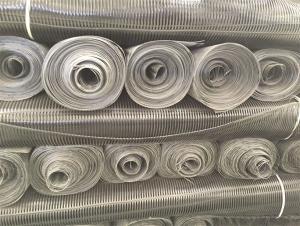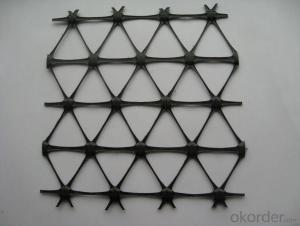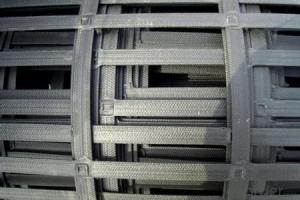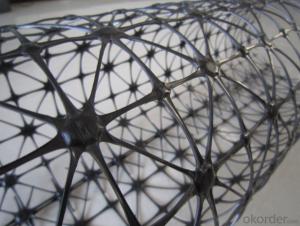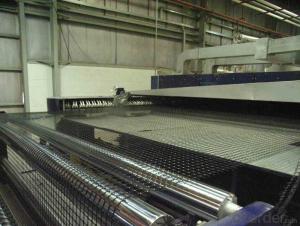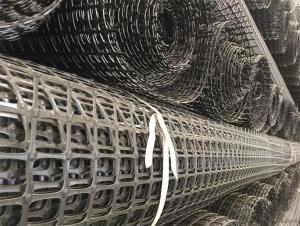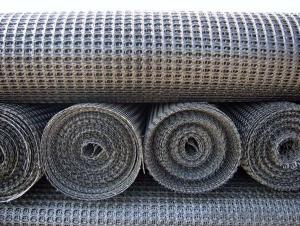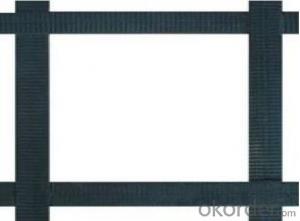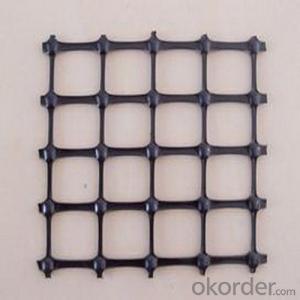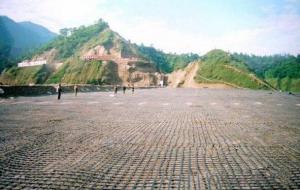3xt Geogrid
3xt Geogrid Related Searches
Fridge With Freezer On Bottom Driveway Pillars With Lights Blu Ray Player With Recorder Blu Ray Player With Internet Geogrid In Retaining Walls 1708 Biaxial Fiberglass Tape Pullout Resistance Of Geogrid Geogrid Warp Knitting Machine Srw 3 Series Geogrid Biaxial Plastic GeogridHot Searches
Fiberglass Scaffolding For Sale Fiberglass Panels For Sale Fiberglass Greenhouses For Sale Geogrid Fabric For Sale Gas Powered Core Aerator For Sale Revolution 4 Propeller For Sale Alabaster Carving Stone For Sale Geogrid For Sale Near Me Tensar Geogrid For Sale Geogrid For Sale Ex Display Log Cabins For Sale Photoelectric Cells For Sale Athletic Lockers For Sale Cubicle Partitions For Sale Stearman Propeller For Sale Palram Greenhouses For Sale Gumbo Bowls For Sale Suzuki Propellers For Sale Freight Crates For Sale Outhouse Sheds For Sale3xt Geogrid Supplier & Manufacturer from China
Okorder.com is a professional 3xt Geogrid supplier & manufacturer, offers integrated one-stop services including real-time quoting and online cargo tracking. We are funded by CNBM Group, a Fortune 500 enterprise and the largest 3xt Geogrid firm in China.Hot Products
FAQ
- Overview of fiberglass grille
- The product is made of high strength alkali free glass fiber through international advanced warp knitting process made of mesh substrate, the surface coating processing made of semi-rigid products.
- Geogrids offer several benefits in construction projects. Firstly, they provide reinforcement to soil, preventing its movement and improving stability. Secondly, they enhance the load-bearing capacity of the soil, allowing for the construction of structures on weak or unstable ground. Additionally, geogrids help reduce construction costs by eliminating the need for extensive excavation and the use of traditional construction materials. They also facilitate faster construction by reducing the time required for ground preparation. Overall, geogrids enhance the longevity and durability of construction projects while providing cost and time savings.
- What are the procedures for using two-way geogrid
- 8 bidirectional geogrid construction methods: subgrade excavation, setting sand cushion (height of not more than 10cm), rolled into a platform, laying grille, longitudinal and main stress direction, the longitudinal joints 15-20cm, lateral 10cm, lashing plastic belt joint, and in the laying of the grille, every 1.5-2m with U the nail is fixed on the ground, laying geogrid should be timely backfill material, laying geogrid layers as technical requirements.
- Geogrids improve the stability of earth retaining structures by providing reinforcement and increasing the tensile strength of the soil. They act as a stabilizing element by effectively distributing the loads and reducing the potential for soil movement. Additionally, geogrids enhance the overall performance of these structures by preventing differential settlement and minimizing the risk of wall failure and deformation.
- Yes, geogrids can affect the permeability of soil. Geogrids are typically used to reinforce soil and improve its stability. They create a barrier that prevents soil particles from shifting, which can reduce the permeability of the soil. However, geogrids can also enhance the drainage properties of soil by providing channels for water to flow through, thereby potentially increasing its permeability in certain cases.
- Yes, geogrids are effective in preventing soil erosion on hillsides. Geogrids are typically made from durable materials that reinforce the soil, providing stability and preventing it from being washed away by water or eroded by wind. By distributing the forces exerted on the soil, geogrids help to maintain its integrity and prevent erosion, making them a reliable solution for protecting hillsides against soil erosion.
- Yes, geogrids can be used in temporary construction access mats for environmentally sensitive areas. Geogrids are a type of geosynthetic material that provides stability and reinforcement to the ground. They are often used in construction access mats to distribute loads and prevent soil erosion. Due to their low environmental impact and ability to protect the underlying soil, geogrids are suitable for use in environmentally sensitive areas where minimizing disturbance is crucial.
- Yes, geogrids can be used in subgrade stabilization applications. Geogrids are commonly used to reinforce and stabilize the soil in subgrade areas, improving its load-bearing capacity and reducing settlement. They are effective in stabilizing weak or soft soils, preventing lateral spreading, and enhancing the overall stability and performance of the subgrade.
















